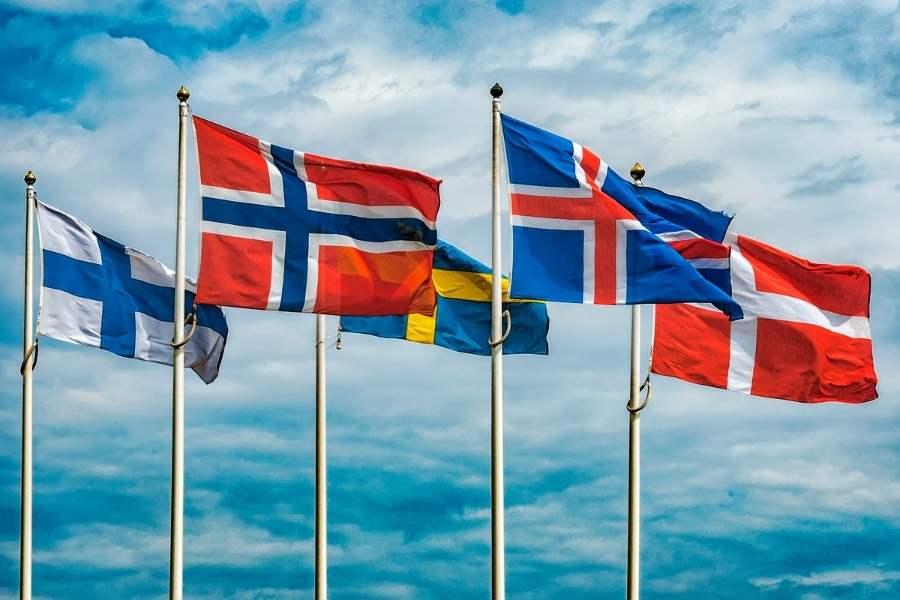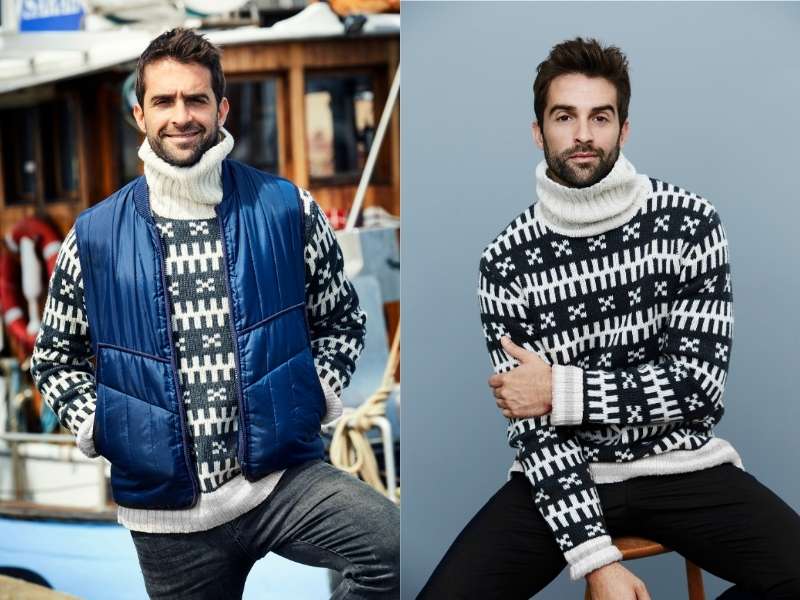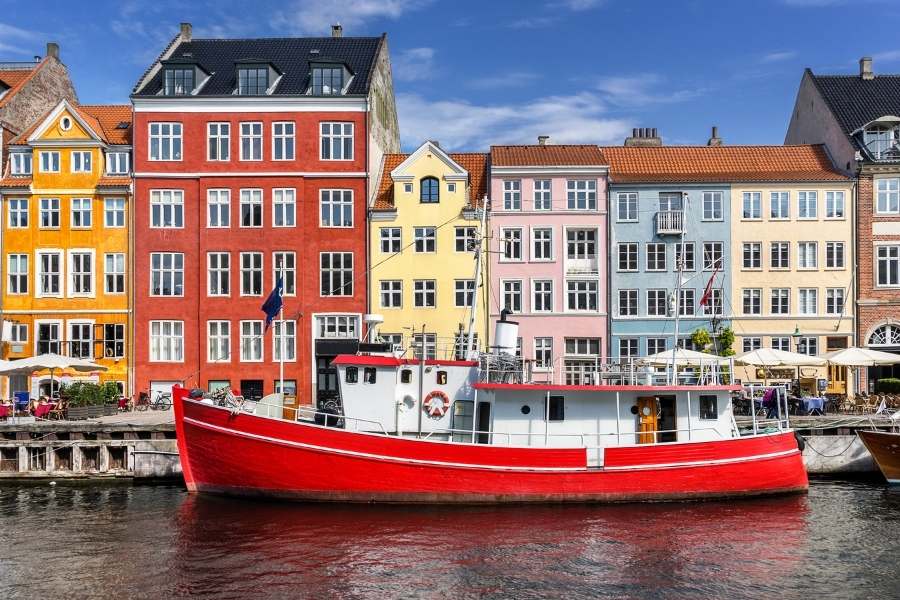One of the most prominent style trends to have emerged over the last numbers of years has been, without question, the rise of Scandinavian style. While much of the emphasis on Scandinavian style has focused on how to make your home more “hygge”, the sartorial aspects of Scandinavian style have proved equally popular in recent years.
But what exactly is Scandinavian style and what makes it stand out from how the rest of Europe’s males are dressing these days?
Where and what is Scandinavia?
Scandinavia is the name given to a specific geographical region in Northern Europe. Most often, this term includes Sweden, Denmark and Norway. They are grouped together as Scandinavian, as the people coming from these regions share a common lineage, culture and language. Two other countries, Finland and Iceland, are often associated with Scandinavia. However, in strict terms, Finland and Iceland are part of the Nordic nations. All five countries together – Sweden, Denmark, Norway, Finland and Iceland – are collectively known as the Nordics.

The five flags of the Nordics. Credit: Canva
What are the main principles of Scandinavian style?
Although we can identify some common historical and cultural links between the Scandinavian countries, how does this relate to how they dress?
Despite any differences between the Scandinavian countries that we might be able to identify, we can nevertheless recognize a couple of hallmarks of the “Scandi” style, particularly as it relates to how men dress themselves.
Firstly, there is a big emphasis on neutral colours in Scandinavian style. The most popular colour palettes in Scandinavian style are browns, beiges, dark greens, greys, whites and, of course, black. When putting an outfit together, these colour tones are often combined to create a monochrome or tonal look. In a way, these colour tones evoke the Scandinavia landscape itself, which tends to be quite muted.
Another hallmark of Scandinavia style is the focus on knitwear. While knitwear is a popular sartorial choice in many regions across the world, the appreciation for knitwear is taken to a whole new level by the Scandinavians. Part of this is to do with the weather, which for much of the year tends to be quite damp and cold. Knitwear, then, becomes an important tool in the fight to stave off the harsh cold of winter and autumn.

Scandinavian Knitwear
In terms of how these knits are worn, there is a heavy emphasis on layering, which itself reveals another principle of Scandinavian style. Within Scandinavian fashion, layering is one of the most important principles. Not only does layering look good and allow for the introduction of different colour tones and textures, it also serves a function. Layering is a great way to ward off the winter and autumn cold, while also allowing you to easily regulate your temperature by simply taking off or replacing a layer. Overcoats, in particular, are a popular way of adding layers, as are vests.
Another important principle of Scandinavian style is how clothes fit. Generally speaking, Scandinavian style is most often associated with looser and slightly boxy fits. This creates a distinctive profile that is immediately recognizable as Scandinavian.
Why has Scandinavian style proved such a hit?
One of the benefits of Scandinavian style is that it manages to strike a perfect balance between looking dressed up and dressed down. Without adhering to the traditional rules of formal and casual dress, a well put together Scandinavian outfit will be equally appropriate in the office as it will in the lounge in Monte Carlo. It’s truly a tragedy of current times that so many favourite pastimes that evoke the desire to dress up nicely are flittering between open and shut – it might even be worth dressing up for a live dealer at your online casino like the Norwegian casino portal CasinoTopplisten.com.
Another reason why Scandi style has proved so popular is simply because of how comfortable it is. Scandinavian style is perfectly suited for cold climates, and the use of layering allows for easy adaptation as you move between indoors and outdoors in the depths of winter. This focus on function makes it incredibly popular, particularly as we move into a new era of remote working and working from home.
How does Scandinavian style compare to the rest of Europe?
In terms of how Scandinavian style compares with how men dress in the rest of Europe, this is actually quite hard to identify, given how influential the Scandinavian style has become. Generally speaking, though, the emphasis on muted colours helps Scandi-inspired pieces stand out from the crowd. Additionally, Scandinavian fashion differs from the rest of Europe in terms of the preferred fit. Scandinavians tend to prefer slightly looser, if not boxy, fits. This contrasts with the tighter and slimmer fits preferred throughout the rest of the European continent and gives Scandinavian style a unique silhouette that helps it to stand out from the rest of Europe and the DACH countries – Germany, Austria and Switzerland – in particular.















